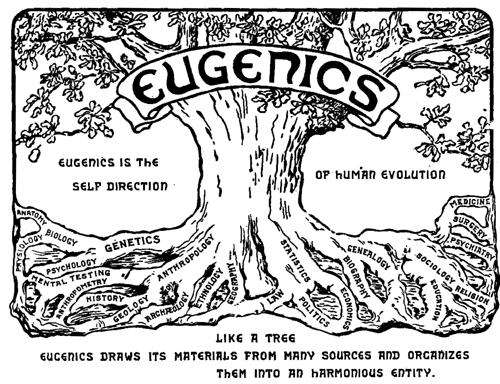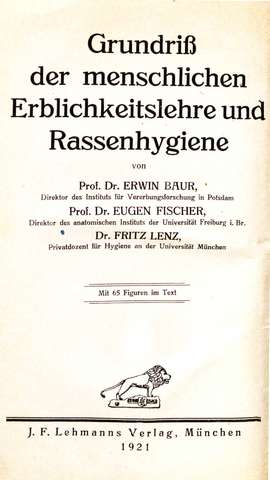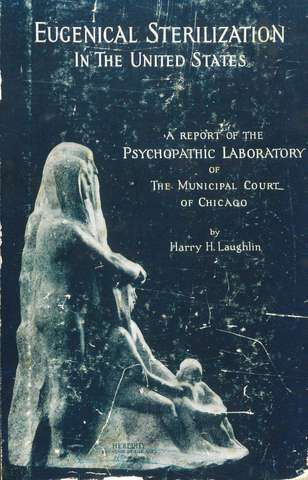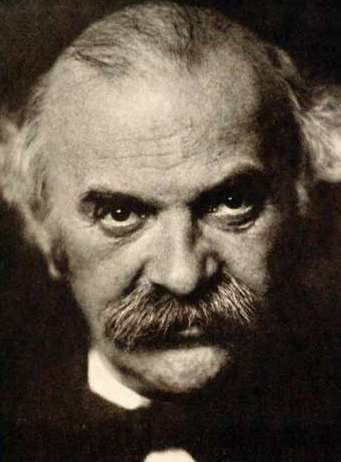Eugenics / »Racial hygiene«
The history of eugenics and »racial hygiene« starts in the 19th century. The term »eugenics« was coined by British naturalist Francis Galton (1822–1911) in 1883. He linked the ideas about the »struggle for existence« influenced by Charles Darwin (1809–1882) with other racial doctrines that assumed the inequality of other human »races«. In order to prevent any »degeneration« of the populace and promote the higher development of mankind, undesirable sections of the population should be »eradicated« through sterilization or the selection of newborns (»negative eugenics«), while in contrast, desired ones were to be supported by measures relating to population policy and social welfare (»positive eugenics«).
Eugenics was an international phenomenon. Its adherents included conservatives and the radical right, but also liberals, social democrats and representatives of the women's movement. Laws motivated by eugenics relating to (forced) sterilization had been in existence in the USA since the early 20th century, where there was a strong eugenics movement, in Canada, in Switzerland and Scandinavia. While the term »eugenics« was more familiar internationally, in Germany, the term »racial hygiene«, introduced by physician Alfred Ploetz (1860–1940) in 1895, established itself. After the First World War, the eugenics movement experienced an upswing due to the difficult economic situation in Germany. The ideology of eugenics increasingly found acceptance not only among doctors and scientists, but also in the political sphere and among the general population. Economic arguments such as cost-benefit calculations played a key role in this. National Socialism picked up on this in 1933.

© Harry H. Laughlin (Hg.): The Second International Exhibition of Eugenics held September 22 to October 1921. In Connection with the Second International Congress of Eugenics in the American Museum of Natural History, New York, Baltimore 1923

© J. F. Lehmanns Verlag, München 1921

© Psychopathic Laboratory of the Municipal Court of Chicago, 1922

© Das Wiener Jugendhilfswerk. Jahrbuch 1929, Wien (Verlag des Jugendamtes der Stadt Wien) 1929